Star Wars toys on show in YouTube unboxing marathon
- Published
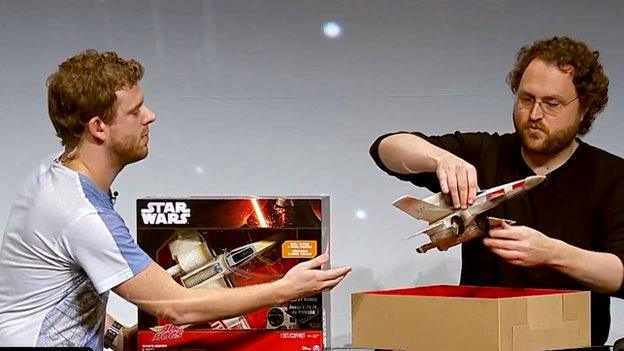
Live feeds from 12 countries are being broadcast as part of the Star Wars event
Disney is hosting an 18-hour marathon Star Wars toy unboxing.
Toys tied in to the forthcoming release of Star Wars: The Force Awakens, the latest instalment of the science-fiction juggernaut, are being unwrapped and demonstrated on YouTube, external.
Amateurs have posted unboxing videos onto Google's service almost since its inception.
However, Disney's action highlights how the activity is being adopted by the companies that make and sell the goods.
Clips of toys being unpackaged and played with have proven to be particularly popular.
One of YouTube's most popular channels is FunToyzCollector, external, a four-year-old account that shows products being held up by an elegantly manicured pair of hands from a variety of angles.
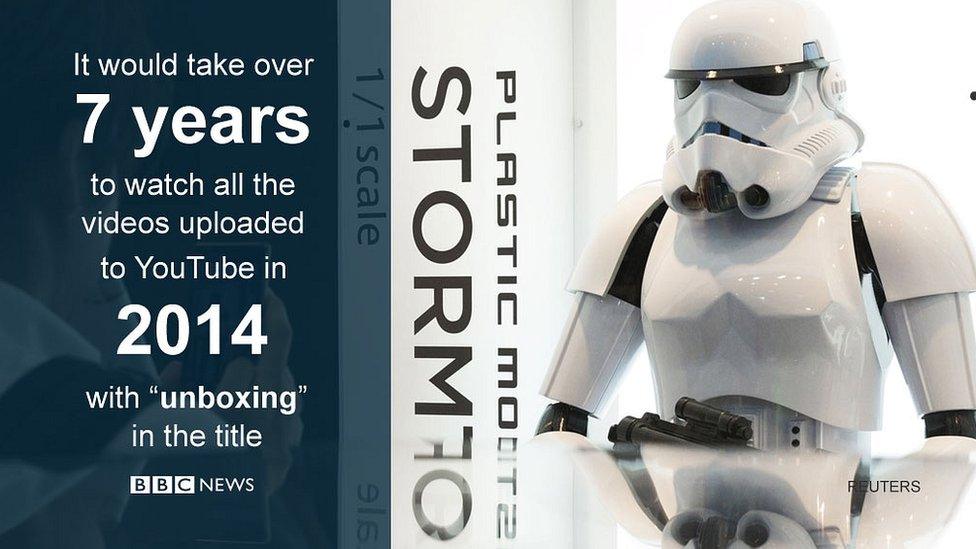
It has clocked up more than 7.7 billion views since launching, and this week alone attracted more than 75 million clicks.
Its most popular video highlights a Play-Doh tie-in with Disney's Frozen movie, external, which has gained more than 337 million views alone since July 2014.
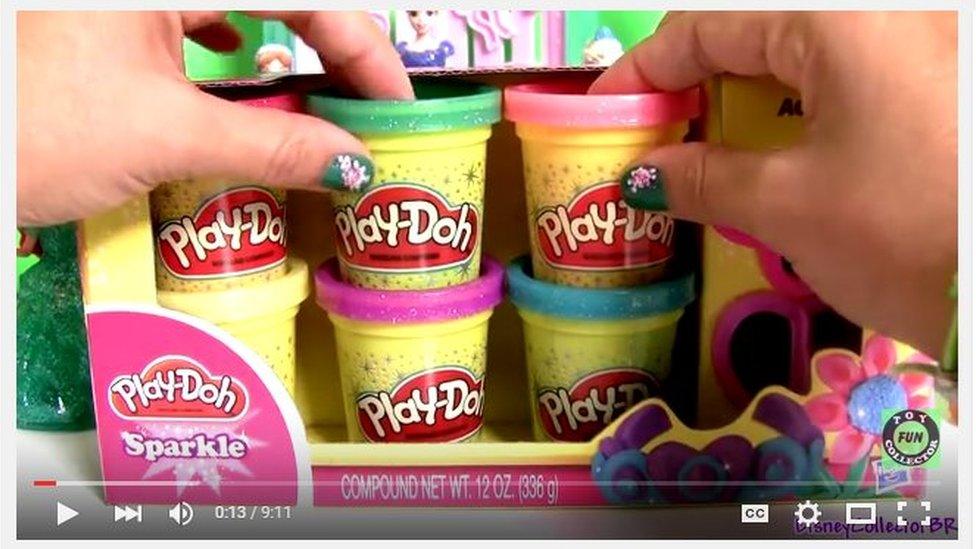
Play-Doh products are among the most popular toys tried and tested in the clips
The Star Wars unboxing event kicked off in Sydney, followed by YouTube broadcasts from around the globe, external, prior to the release of the toys in shops on Friday.
Why on earth would you want to sit and watch people opening boxes of toys for 18 hours?
Unboxing videos are undeniably popular - out of the top 25 most viewed YouTube channels, external five are dedicated to the activity.
Along with DisneyCollectorBR, there's It'sBabyBigMouth, external, which focuses on unwrapping Kinder eggs and building the toys, BluCollection, external, HobbyKidsTV, external and another toy-fixated channel - DisneyCarToys, external.
Social media expert Tom Cheesewright says the attraction is partly to do with the vicarious thrill of seeing someone open a brand new product.
"There's the first-person hands in front of you - it seems you're there. You're seeing it unwrapped first," he says.
For many children it has become the modern equivalent of leafing through a toy catalogue, and the clips can hold more interest than cartoons or other programming.
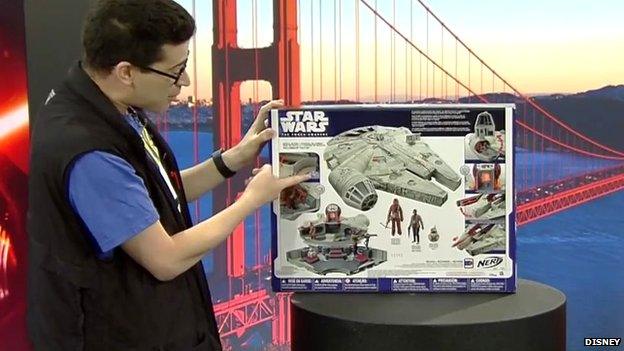
Presenters spent several minutes examining each of the toys both inside and outside their packaging
For marketers the idea of having their target audience watching and then rewatching lengthy clips rather than short commercials has obvious appeal.
Who watches this stuff?
According to Google Consumer Surveys data, external, 62% of people who watch the videos are those researching a particular product.
Its Trends analytics page, external suggests that people in India, Pakistan and Sri Lanka are those most likely to search for the term "unboxing".
One of the earliest examples of an unboxing video upload is from 2006 when an American gamer unpacked a PlayStation 3 delivered from Japan, external. It was of interest to others because the console had yet to go on sale in the US.
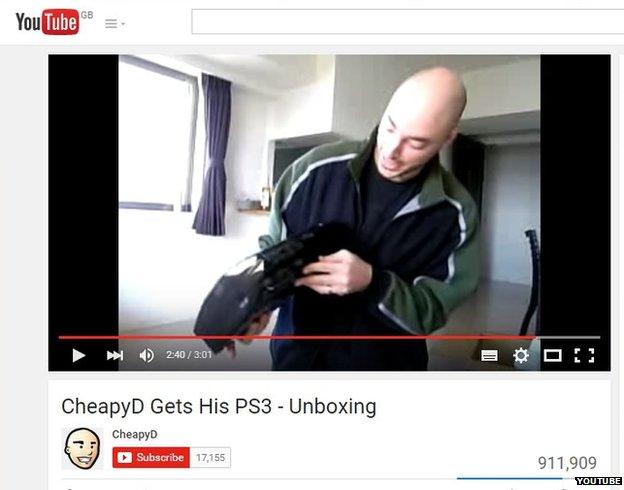
This is one of the oldest known YouTube unboxing clips
Tech products - especially smartphones - remain a popular topic.
But today, clothing, lipstick, food, and even bras also get the treatment.
Lingerie firm Adore Me is one company that has taken notice.
It recently broadcast a TV advert inspired by the activity, external which it said was intended to broaden its appeal with "millennials", external - people born in the 1980s or later.
According to Google, 34% of the views for unboxing videos related to food, electronics, toys and beauty and fashion happen from October to December - in the run-up to Christmas.
It would take more than seven years to watch all the videos on YouTube with "unboxing" in the title that were uploaded in 2014, Google says.

Adore Me launched a TV ad last month inspired by unboxing YouTube clips
Where will it end?
Unboxing videos can be real moneyspinners.
The YouTube clips are often preceded with adverts for other products or have banner ads superimposed, meaning that they can generate millions of dollars revenue for their creators.
Last year, Disney paid almost $1bn (£660m) for the YouTube channel network Maker Studios. Later in the year, Maker Studios added five toy review channels to its roster.
"Toy-review channels have... become the authority on the hottest toys on the market, as well as one of the fastest-growing genres of family programming online," it said at the time.
But their evolution wasn't planned or predictable.
"They naturally snowballed," Mr Cheesewright says - and that snowball shows no signs of slowing down.
Sphero showed off its BB-8 droid to the BBC to coincide with Disney's unboxing event
- Published3 September 2015
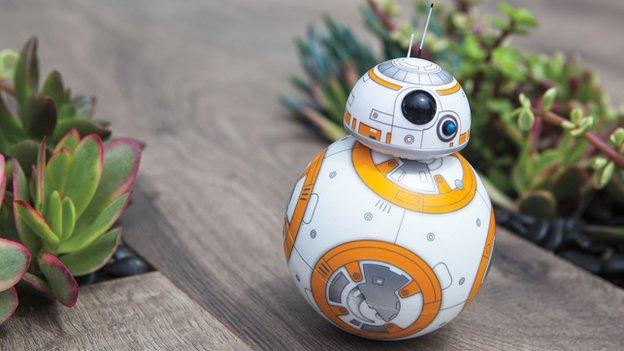
- Published31 August 2015

- Published26 August 2015
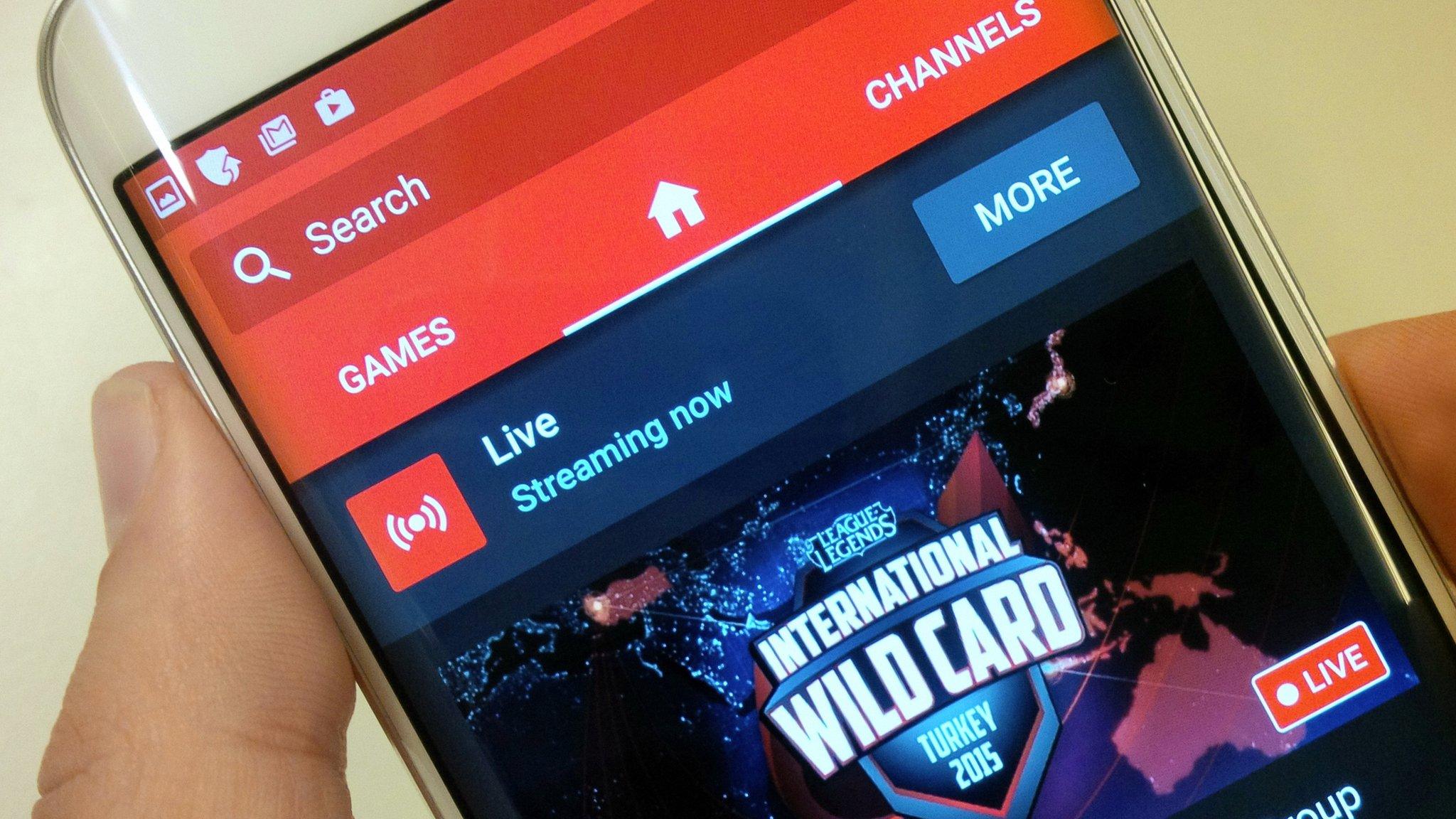
- Published7 August 2015
